Bloomington documentarian traces WWI soldiers in France
One hundred and five years ago, seven young men and one young woman from the state of Indiana started a great journey. It involved leaving those they loved and the homes they knew to cross the Atlantic to do something extraordinary: serve the United States in the Great War. Each of these Hoosiers was extraordinary in their own way. One soldier was the first U.S. serviceman to die in combat in the war. Another was the only Medal of Honor recipient from the state of Indiana during World War I. The woman was the first American Red Cross nurse to die in service overseas. Not each, however, was known for the distinction of being first.
Early Tuesday morning, May 10, my director of photography and I drove to the Indianapolis airport to catch a flight to eastern France to begin a 7-day journey retracing the steps of these Hoosiers for the upcoming documentary, “Over There: Hoosier Heroes of the Great War." In 2016 I was hired to direct a film about the Meuse-Argonne Offensive of World War I for a museum installation being sponsored by the U.S. government. Not long after finishing that film I wanted to learn more about the involvement of Hoosiers in the war effort. The result is the creation of this documentary featuring these stories. The film will air at the end of year on the PBS network of stations throughout Indiana and more information can be found at www.hoosierheroesofwwi.com. The purpose of the film is, for some, to remember — for others, to learn for the first time — these incredible stories. The stories of this woman, and these men, will add another layer to our understanding of what it means to be from Indiana, and how Hoosiers have a profound effect on the world.
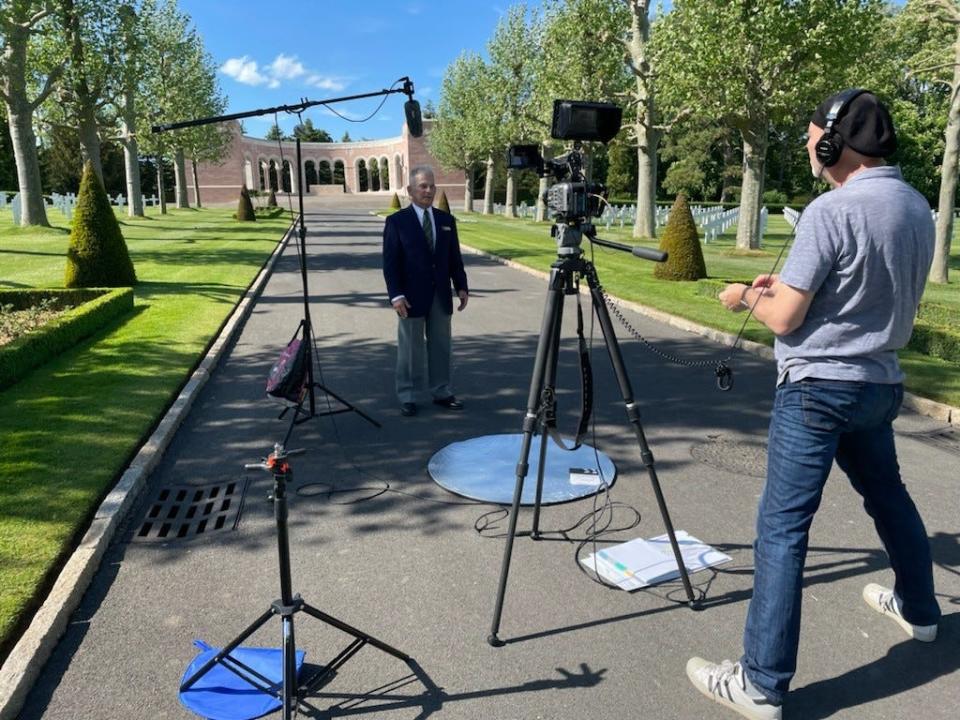
Two of those soldiers, Pvt. Laurens Bennett Strain and Sgt. Ernest Finley Duncan were from Bloomington. Today, our first day on the ground in France, we drove from the airport in Brussels to Chateau-Thierry, France. This region was the location of the second big battle involving American forces during the war — and it was the battle in which both Pvt. Strain and Sgt. Duncan would lose their lives. Next, I’ll share photos and information about the involvement of both in this major engagement.
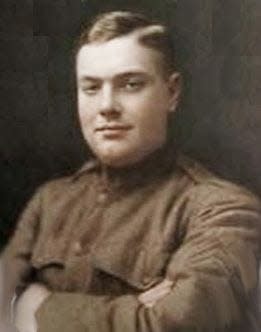
You may like: Indiana investigators hope to identify 2004 murder victim through forensic genealogy
But today, the journey we took had us reflecting on what both Strain and Duncan must have been feeling on their journeys to this faraway land. Laurens Bennett Strain, born in 1897, was a student before enlisting in the U.S. Regular Army on May 3, 1917. He would sail to France on Christmas Eve, 1917. Just six months later he would die in battle not far from small French town of Chateau-Thierry. He served in the 2nd Division, 5th Machine Gun Battalion, C Company and was involved in the heavy fighting in the Belleau Woods before he was struck in the head by a machine gun bullet just after midnight on June 7, 1918, dying instantly. The VFW Post 604 in Bloomington is named in his honor.
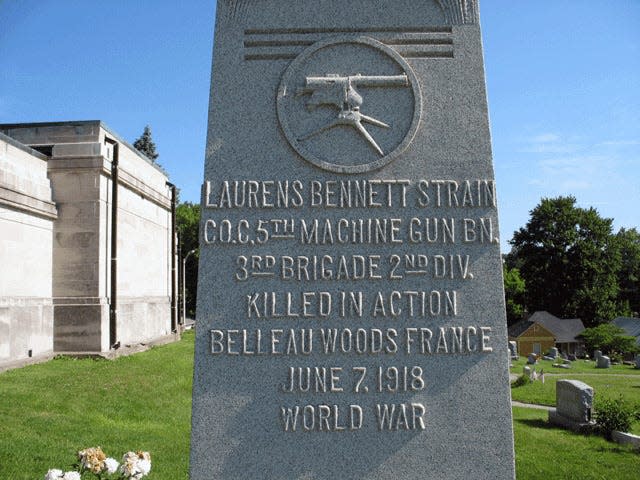
Ernest Finley Duncan was a painter who had been serving in the U.S. Army since 1912 when the United States entered the Great War. He was in his second enlistment when he was shipped overseas in September of 1917 and was assigned to 2nd Division, 9th Infantry, A Company. He was killed just southwest of Torcy and southeast of Bussiares on June 10, 1918 — just three days after Pvt. Strain. Sgt. Duncan was cited for distinguished service and decorated with the Croix-de-Guerre and the Silver Star. These men were just two of the millions of brave women and men who chose to serve, and in both of their cases, to give the last full measure of their lives, for something bigger than themselves. Our trip took just under 12 hours total. Their journey took months and wound through training camps in Gettysburg, Pennsylvania; San Antonio, Texas; and Syracuse, New York; and eventually onto the killing fields of Eastern France.
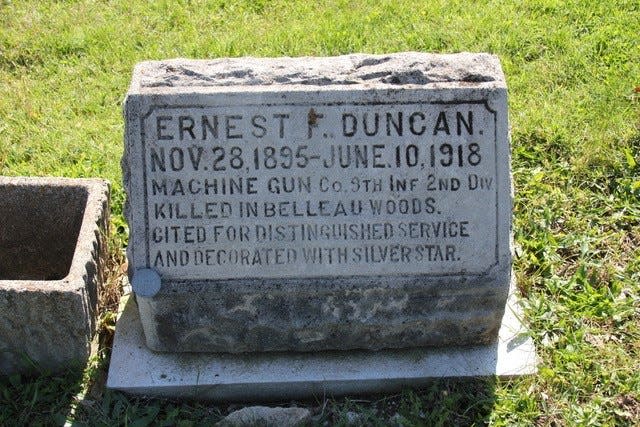
What we have learned already, after only a short time, is this: Their service and bravery are still remembered on these fields. Their battlefields are visited by thousands wanting to learn more. Road signs still show the way to places where the American Expeditionary Forces entered the battle and pushed back the German Army. In fact, this Memorial Day, thousands will once again converge in this region to pay their respects and to honor the service of all who fought and died. What we know after just one day is they both were a long way from home. Fighting in a foreign land. Allies to the French and English who had been fighting this war since 1914. And we know both bravely gave their lives for a higher cause.
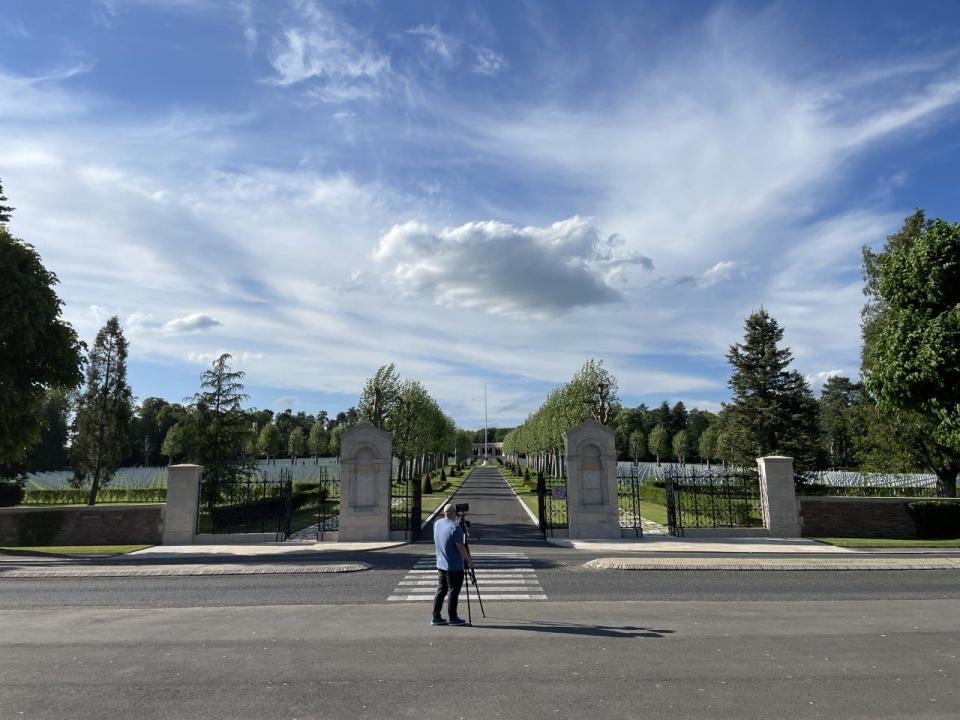
Next in these letters from “Over There:” The Battle of Belleau Wood, the Aisle-Marne American Cemetery and in the trenches where Duncan and Strain fought.
Local filmmaker Jo Throckmorton is sending dispatches from France as he and a small crew retrace the steps of Hoosier soldiers who served in WWI for an upcoming PBS documentary.
This article originally appeared on The Herald-Times: Filmmaker traces local WWI soldiers in France for PBS documentary

